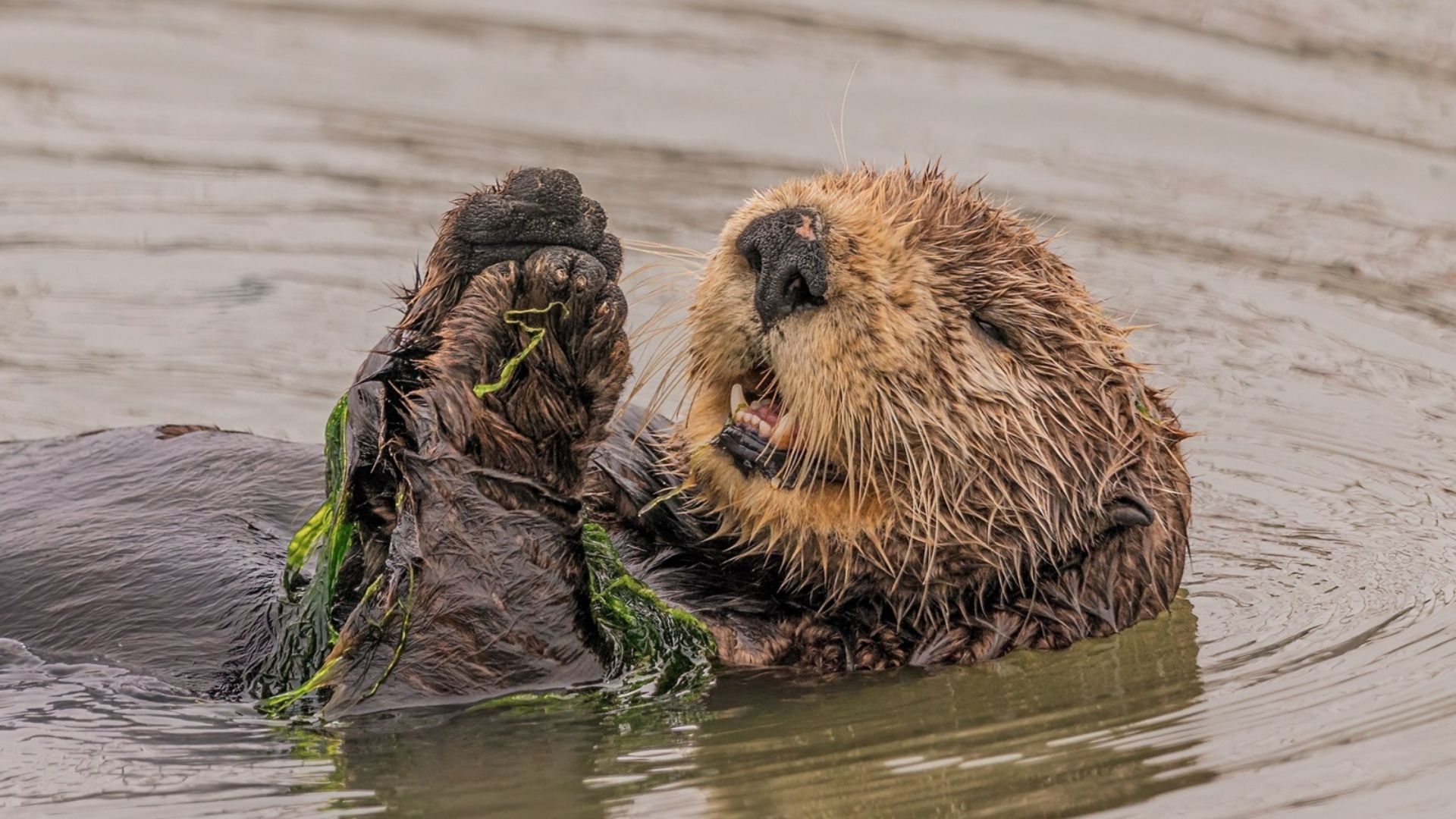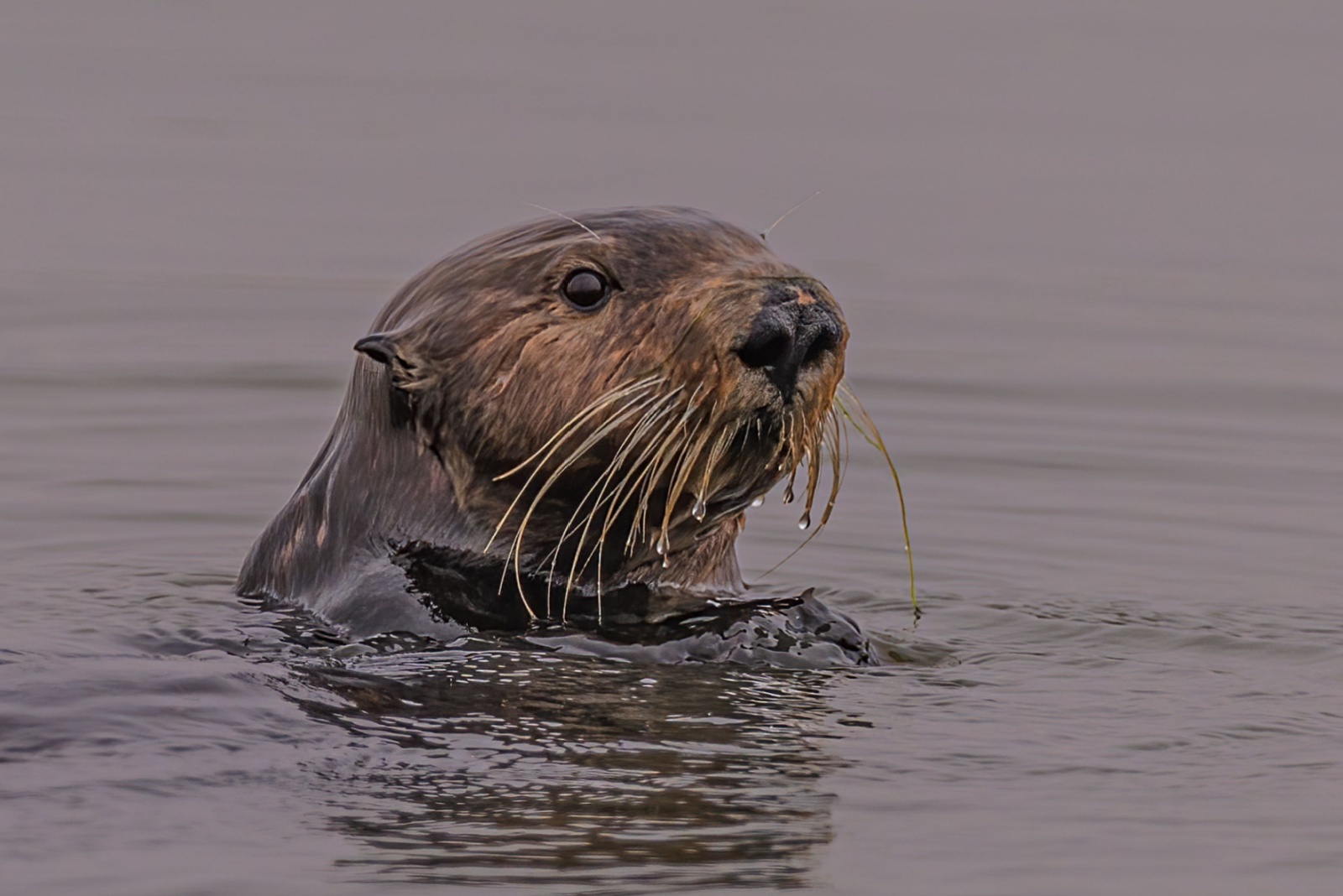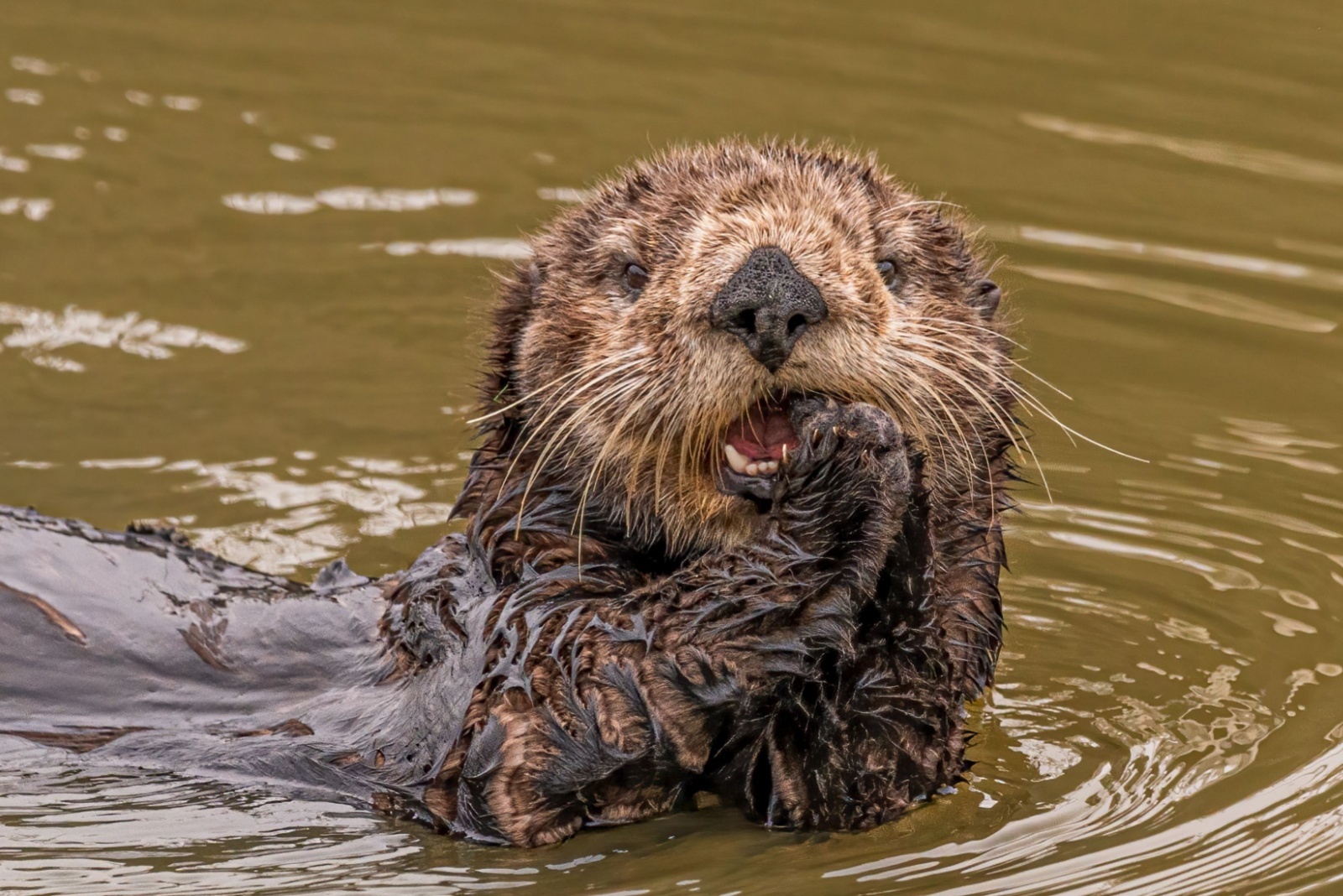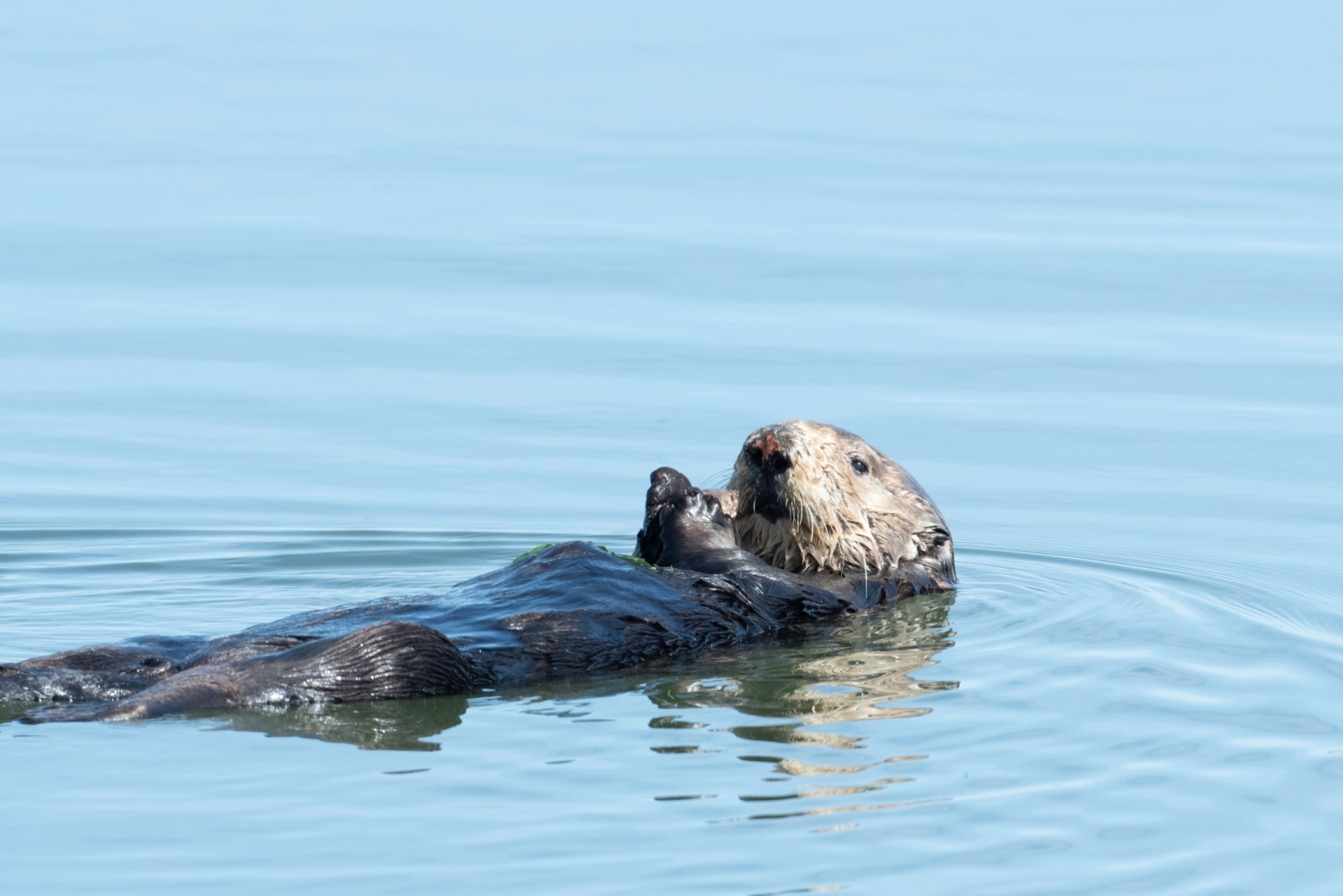Are California’s Sea Otters In Danger Of Disappearing?

On a misty morning along California’s central coast, a sea otter bobs effortlessly on its back, a pup nestled on her chest like a precious jewel.
For a moment, it’s hard to imagine that these playful creatures—symbols of resilience and charm—once came terrifyingly close to vanishing from these waters. And even today, the question still lingers: could California lose its sea otters forever?

Sea otters, especially the southern subspecies found here, were nearly wiped out in the 18th and 19th centuries. Fur traders prized their lush pelts, hunting them almost to extinction.
By the time the hunting stopped, only a tiny remnant population clung to survival along a rugged stretch of coast.
Decades of protection under the Endangered Species Act and the Marine Mammal Protection Act helped their numbers rebound, but the recovery has been painstakingly slow.

At first glance, their story sounds like a conservation success. From a few dozen survivors, the population has climbed to several thousand. But the danger is far from over.
In fact, scientists warn that this fragile comeback could unravel if today’s mounting threats go unchecked.
Sharks, for one, have become a serious hazard. Great whites often mistake otters for seals, delivering fatal bites that leave conservationists troubled by the rising toll. Pollution adds another layer of risk.

Unlike whales or seals, otters depend entirely on their thick fur to stay warm. A single oil spill coating their coats could spell disaster for hundreds at once.
Diseases and parasites, some linked to runoff and harmful algal blooms, have already caused sudden die-offs, leaving experts anxious about the unseen hazards carried by the tides.
And then there’s the issue of space. For all their efforts, otters remain confined to a narrow band of central coastline.

Historically, they roamed from Baja California to Alaska. Today, barriers such as habitat loss, degraded kelp forests, and human development keep them from reclaiming their full range.
A small, localized population like this is dangerously vulnerable: one catastrophe—a massive oil spill, for example—could erase decades of progress in a matter of days.
Climate change looms in the background, too. Rising ocean temperatures and shifting ecosystems threaten the kelp forests and shellfish beds otters depend on. Without abundant prey like sea urchins, clams, and crabs, these high-energy animals struggle to survive.

Yet, amidst the warnings, there’s hope. Studies show that if otters were allowed to recolonize areas like San Francisco Bay, their numbers could potentially triple.
Restoring kelp forests not only supports otters but also stabilizes the entire marine ecosystem, since otters are a keystone species. Strong protections remain in place, and public awareness has never been higher.
Every pup born, every otter rescued, is a reminder that their story isn’t finished.
California’s sea otters are balanced on a knife’s edge between survival and loss. Whether they remain a living symbol of resilience—or fade into memory—depends on choices made today: safeguarding waters, protecting habitats, and giving these creatures the space to reclaim their home.
The sight of a mother and pup drifting peacefully in kelp beds doesn’t have to become a scene from the past. It can still be the heartbeat of California’s wild coast for generations to come.






